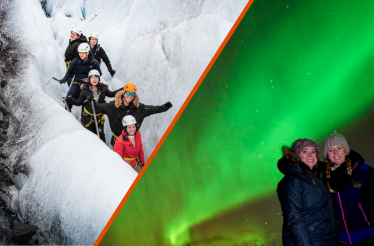GUARDA L'AURORA DANZARE
Realizza il tuo sogno di vedere l'aurora con una delle nostre escursioni
GUIDA MESE PER MESE ALL'INVERNO ISLANDESE
L'Islanda è una terra di due stagioni. La primavera e l'autunno compaiono occasionalmente per pochi giorni con la loro mitezza, fiori e colori di mezza stagione, ma la distinzione principale tra le stagioni è basata sulla luce solare o sulla sua mancanza: l'estate ci benedice con infinite ore di luce diurna e il sole di mezzanotte; l’inverno invece ha giornate brevi e buie – e spettacolari aurore boreali.
Il lungo inverno islandese è un periodo dell'anno ricco di eventi. Ogni mese ha qualcosa da offrire in termini di attività, festività e tradizioni culinarie, e le frequenti apparizioni dell'aurora rendono l'intero periodo davvero speciale.
L'aurora boreale e la stagione invernale, infatti, vanno di pari passo, poiché il fenomeno è visibile solo di notte, al buio.
I cieli notturni e le ore di oscurità più lunghe, se accompagnati dal bel tempo, dall'attività solare e da un po' di fortuna, spesso si traducono in incredibili spettacoli di aurore boreali: uno spettacolo davvero imperdibile!
Tutta la stagione invernale può offrire avvistamenti dell'aurora boreale, ma statisticamente nessun mese è uguale all'altro.
Per aiutarti a scegliere il periodo migliore per la tua vacanza in cerca dell'aurora boreale, ecco la nostra guida mensile all'inverno in Islanda.
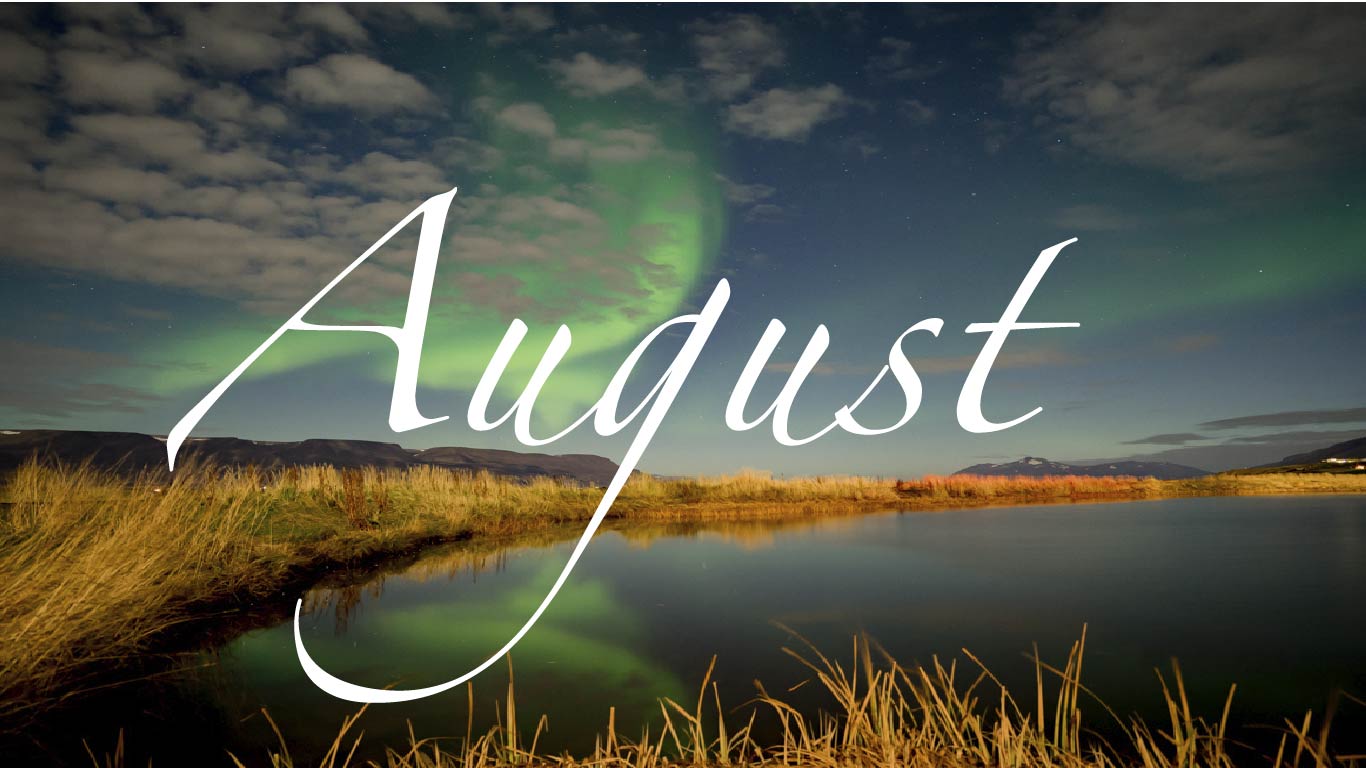
Ad agosto ritorna l'oscurità sulle nostre coste nordiche, dopo mesi di totale luce del giorno. Le giornate diventano progressivamente sempre più corte in questo periodo, e ciò è particolarmente evidente nella seconda metà del mese, quando inizia la stagione dell'aurora boreale. Sebbene sia ancora un evento raro rispetto ai mesi più bui, il periodo ci ha spesso sorpreso con buoni spettacoli di aurore.
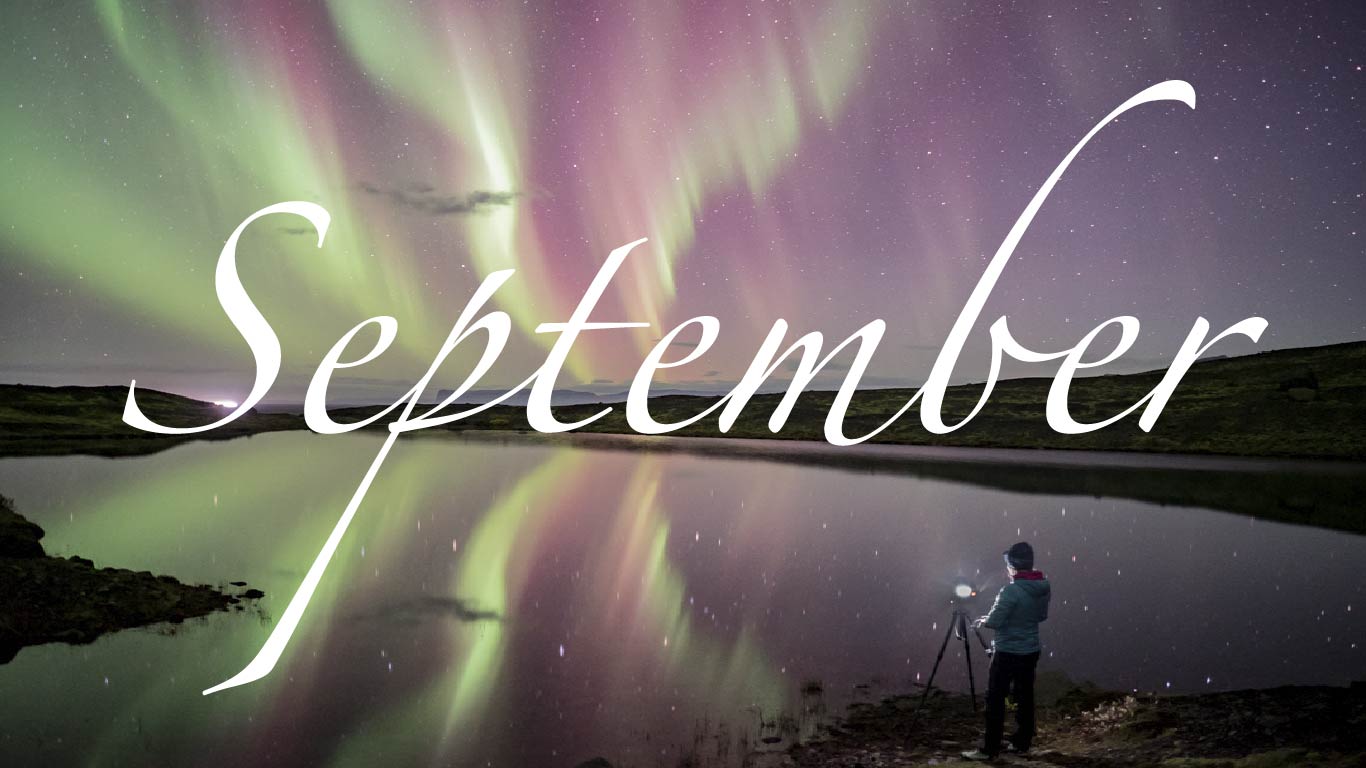
La stagione dell'aurora boreale inizia davvero a settembre.
In questo periodo, l'equinozio d'autunno influisce sull'intensità dell'attività aurorale, regalandoci spettacoli più forti e luminosi.
L'attività potenziata, combinata con giornate più corte e notti miti, fanno di settembre uno dei mesi migliori per la caccia all'aurora boreale in Islanda.
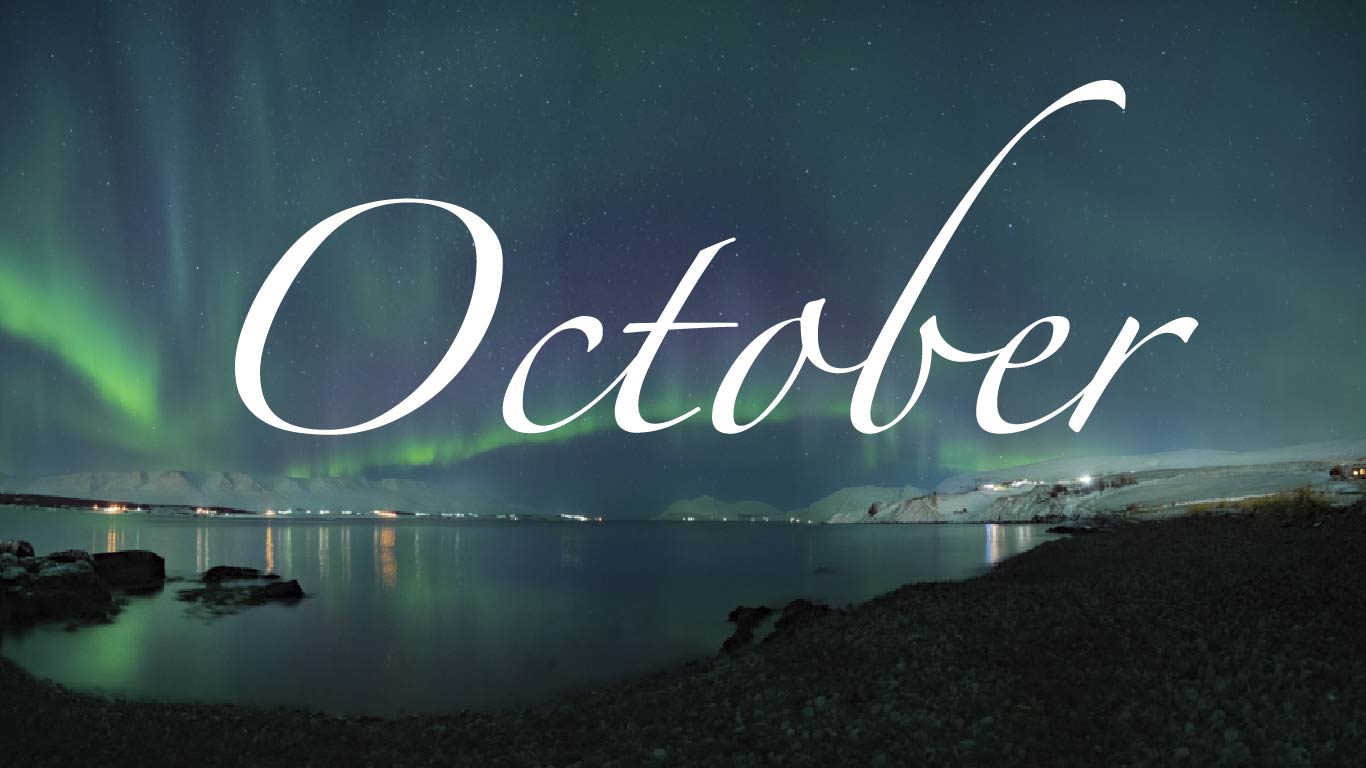
L'Islanda fa un ultimo respiro caldo prima che le temperature gelide e i venti artici congelino la terra.
La stagione dell'aurora boreale è ormai davvero iniziata e le località in riva al lago sono le preferite in assoluto.
Laghi e stagni non sono ancora congelati e le loro superfici liquide riflettenti migliorano qualsiasi avvistamento dell'aurora “raddoppiando” il cielo illuminato.
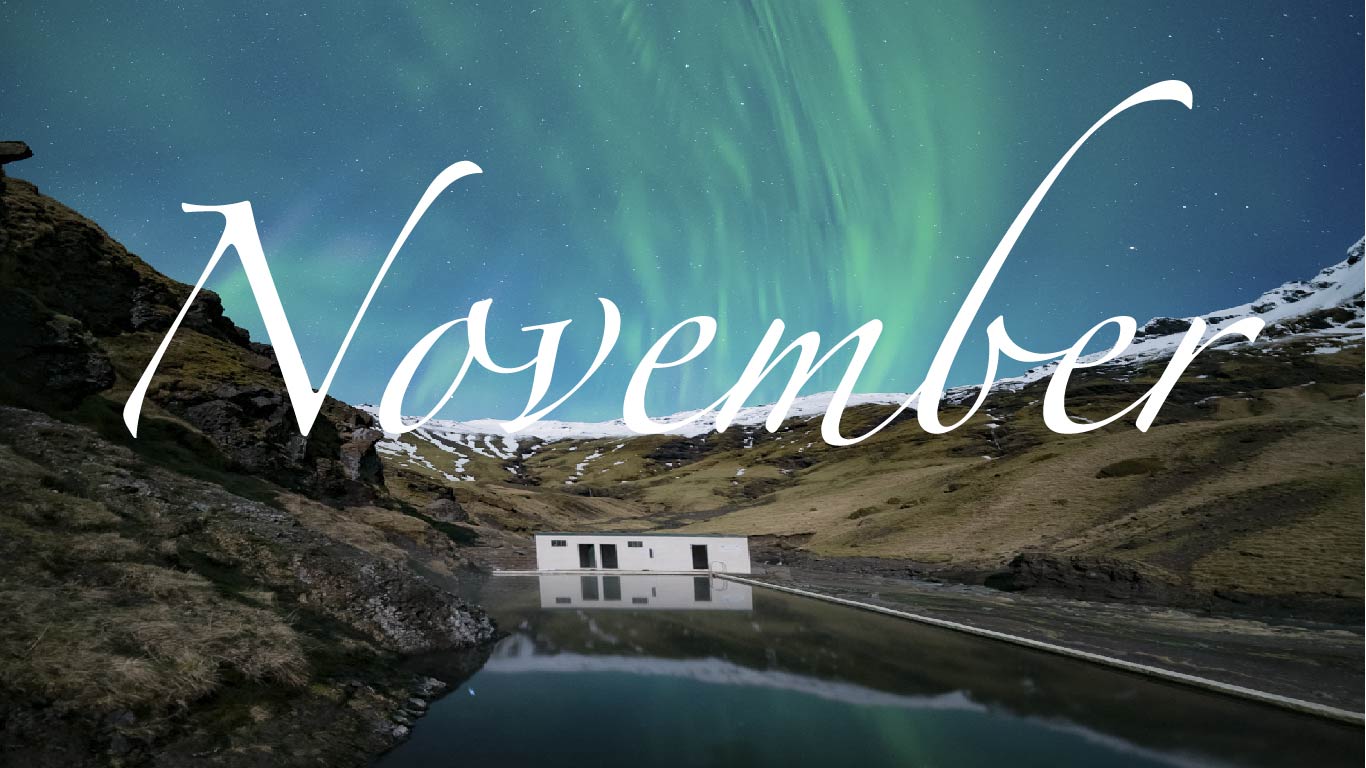
Ciao oscurità, ci sei mancata. Novembre è il primo "mese buio" dell'inverno, con il totale delle ore di luce del giorno drasticamente ridotte da circa 8 a 5 nell'arco di 30 giorni.
Questa è un'ottima notizia per tutti gli appassionati dell'aurora boreale, che possono anche sperare che la prima neve faccia la sua comparsa in questo periodo.
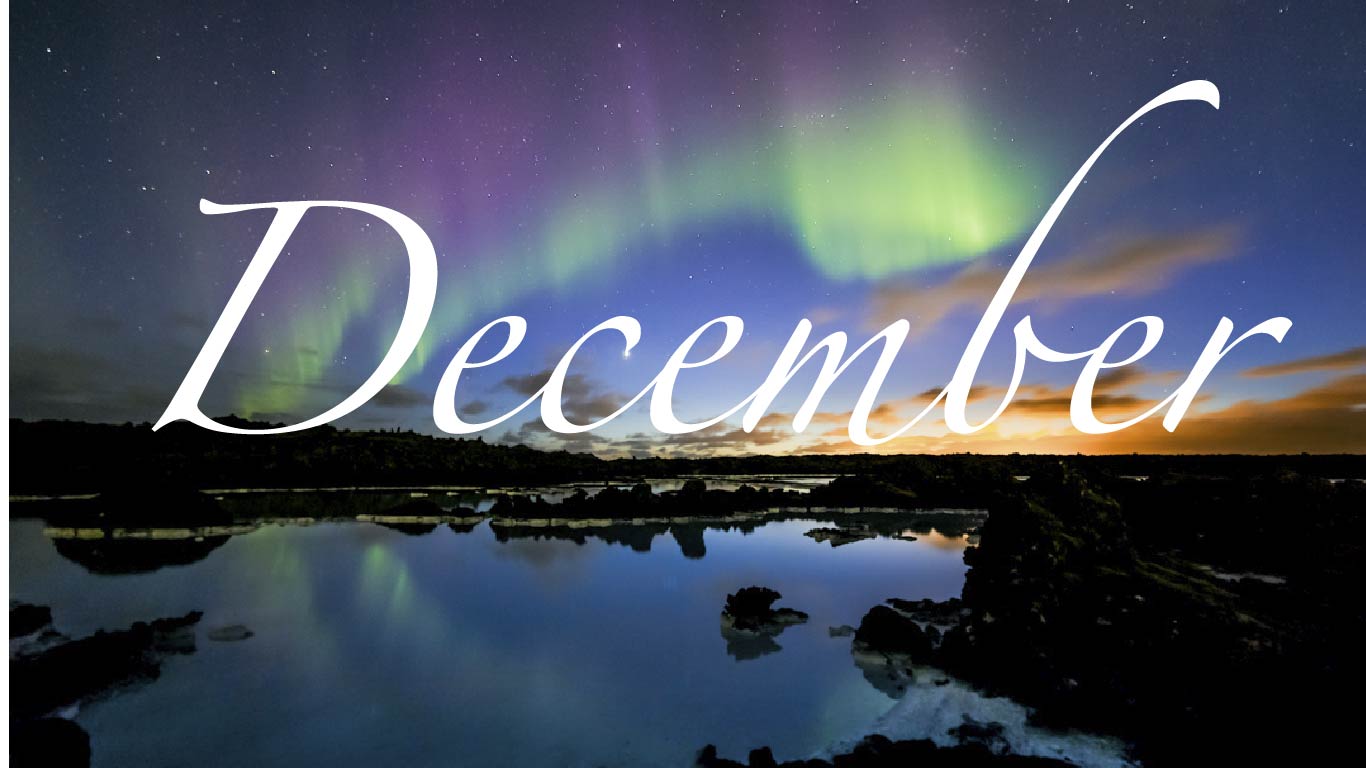
L'Islanda fa un ultimo respiro caldo prima che le temperature gelide e i venti artici congelino la terra.
La stagione dell'aurora boreale è ormai davvero iniziata e le località in riva al lago sono le preferite in assoluto.
Laghi e stagni non sono ancora congelati e le loro superfici liquide riflettenti migliorano qualsiasi avvistamento dell'aurora “raddoppiando” il cielo illuminato.
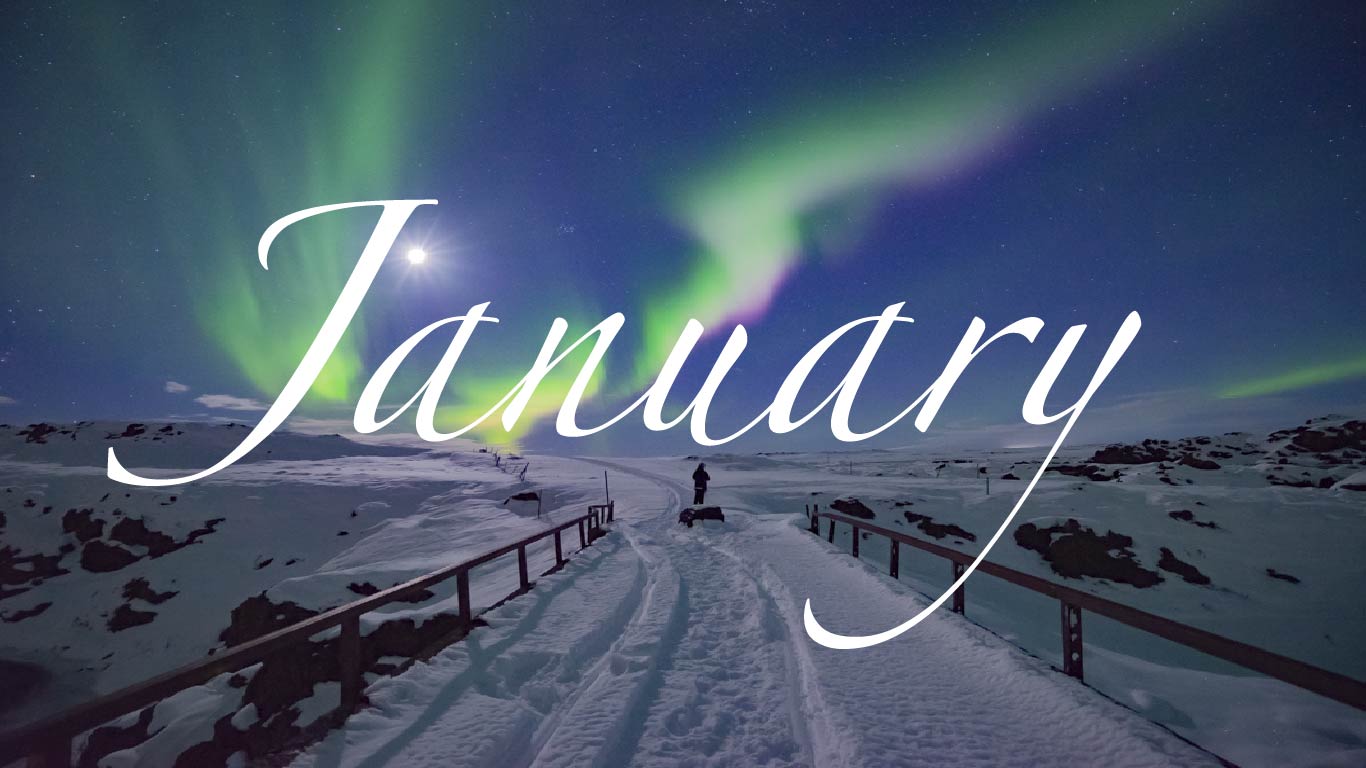
Il tempo può essere imprevedibile in pieno inverno, con bufere di neve e venti estremi che sono un evento comune. Nelle notti limpide e fresche, è però possibile ammirare alcune affascinanti aurore boreali, e il contrasto con i terreni fortemente innevati farà brillare i tuoi scatti dell'aurora.
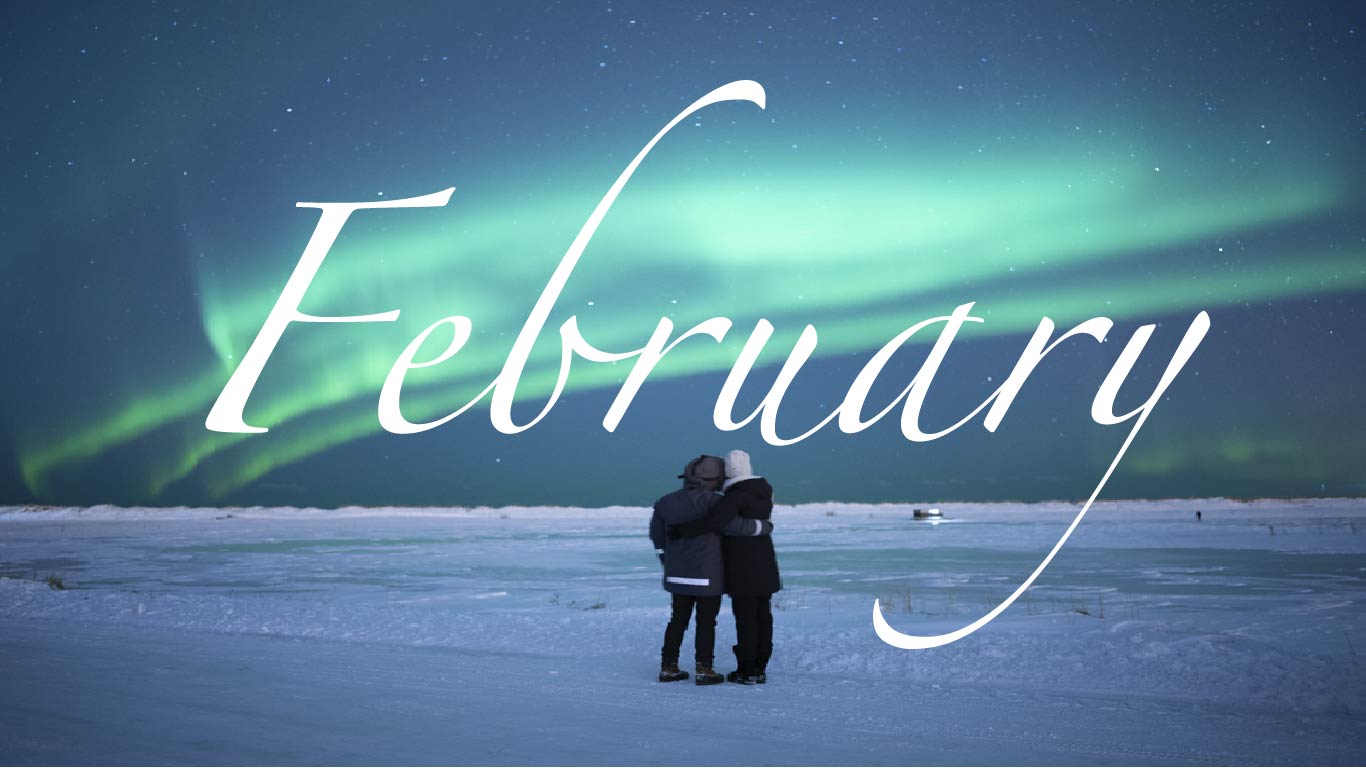
Febbraio segna l'inizio dell'alta stagione invernale in Islanda. I viaggiatori nel mese di febbraio possono godere di più ore di luce del giorno e di una vasta gamma di opzioni di caccia all'aurora boreale.
Le escursioni per l'aurora si esauriscono rapidamente, quindi è consigliabile prenotare il tour con largo anticipo.
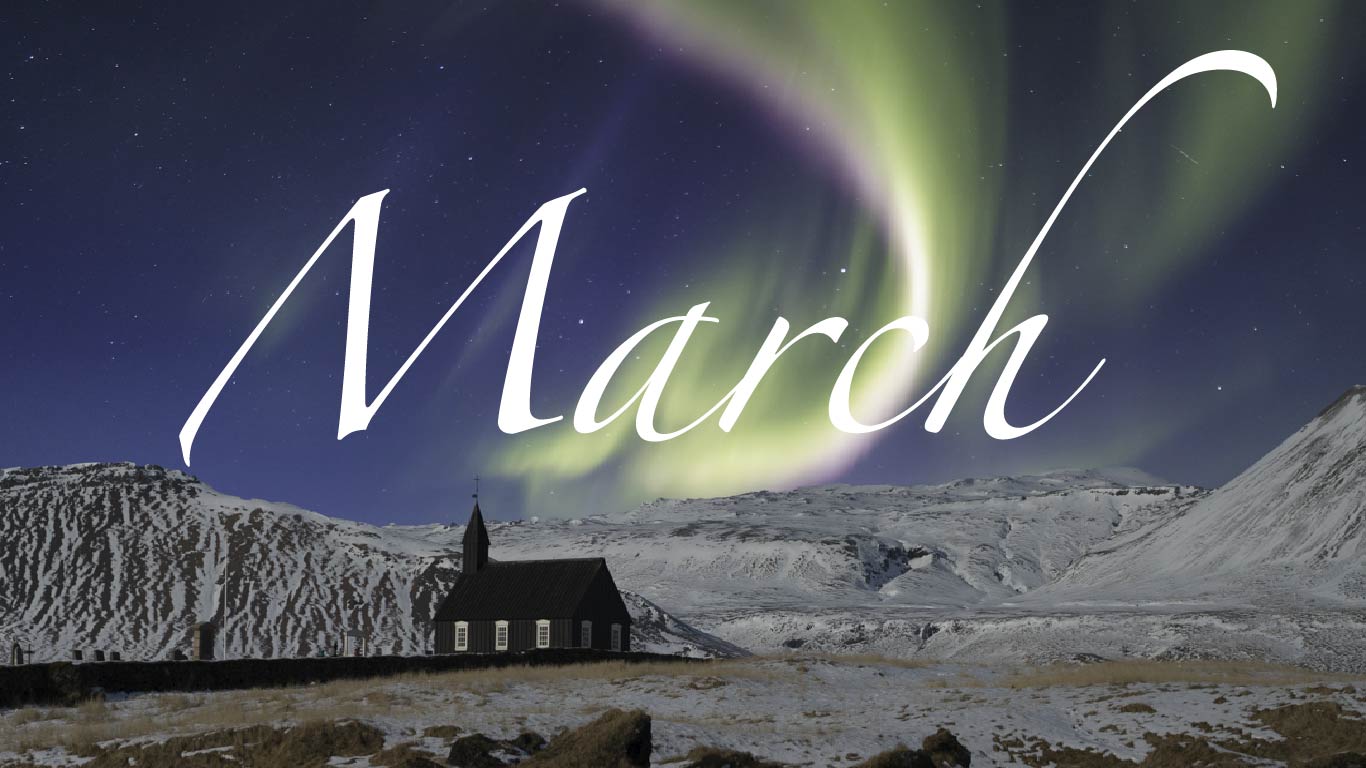
La migliore aurora boreale della stagione si vede spesso a marzo, grazie all'equinozio di primavera e al tempo più stabile.
Gli appassionati dell'aurora boreale viaggiano in Islanda da tutto il mondo in questo periodo, sperando di sperimentare l'intensa attività dell'aurora e scattare la foto perfetta del fenomeno.
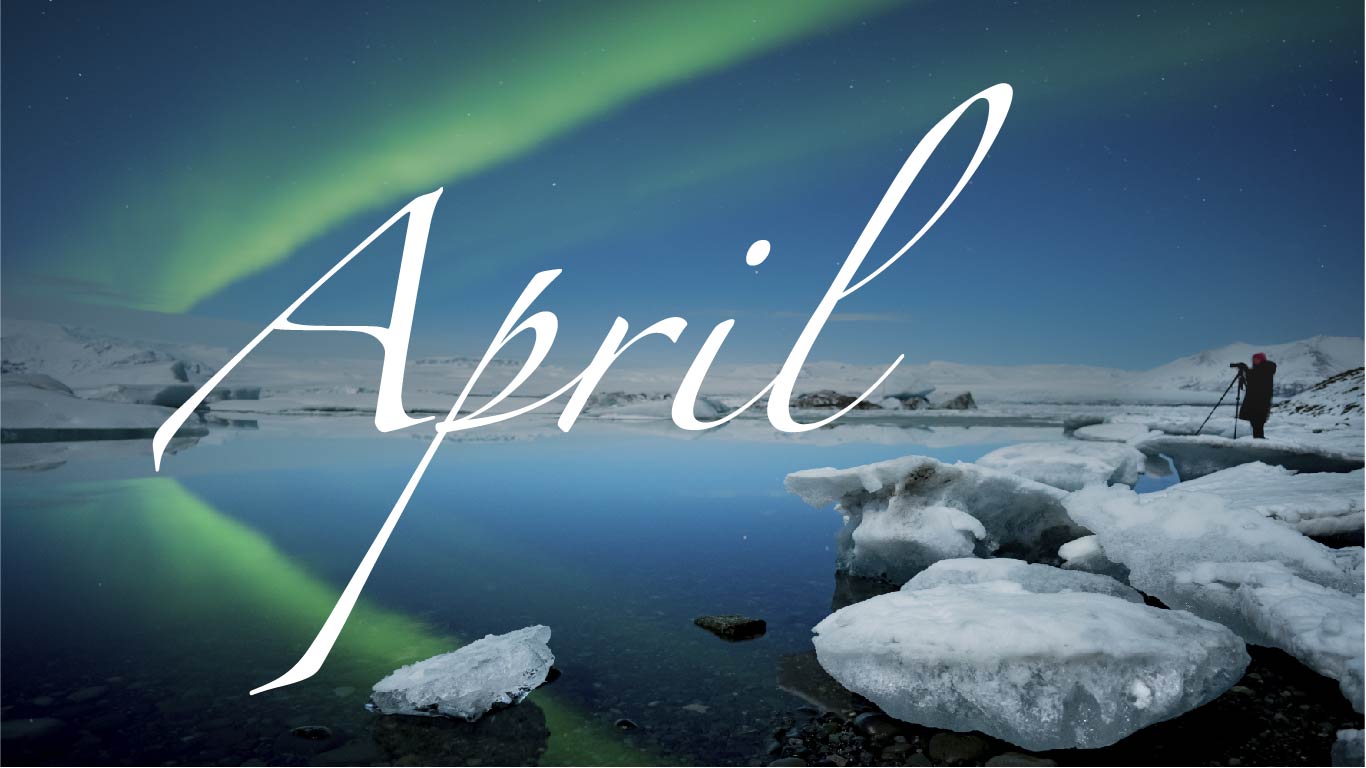
Aprile segna la fine della stagione invernale.
Il clima più mite e lo scioglimento delle nevi suggeriscono che l'estate è alle porte e i viaggiatori possono ancora sperare di ammirare l'ultima aurora boreale della stagione nella prima metà del mese. I tour per l'aurora durano tradizionalmente fino al 15 aprile.
Tour dell'Aurora Boreale
La migliore selezione di tour dell'aurora boreale e escursioni invernali in Islanda
Raccomandiamo questi tour operati da collaboratori fidati e premiati per professionalità e competenza.
Secondo tentativo gratuito se l'aurora non compare durante il tour
Osservare l'aurora è il sogno di molti tra coloro che viaggiano in Islanda, ma non sempre l'aurora si fa vedere facilmente e al momento giusto. Ecco perché tutti i nostri tour offrono un secondo tentativo gratuito, a eccezione dei tour privati.
Miglior prezzo garantito
Nessun costo nascosto, miglior rapporto qualità-prezzo.
TOUR AURORA BOREALE SPECIALI
E PACCHETTI COMBO
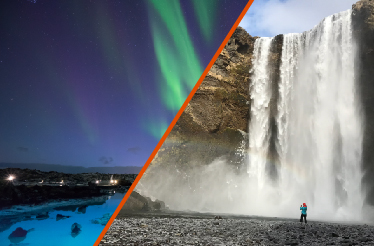
Aurora Boreale e Costa Sud
PUNTI SALIENTI:
- Cascata Seljalandsfoss
- Cascata Skógafoss
- Hekla volcano
- Ghiacciaio Sólheimarjökull
- Spiaggia di sabbia nera e villaggio di Vík
- Caccia all'aurora boreale
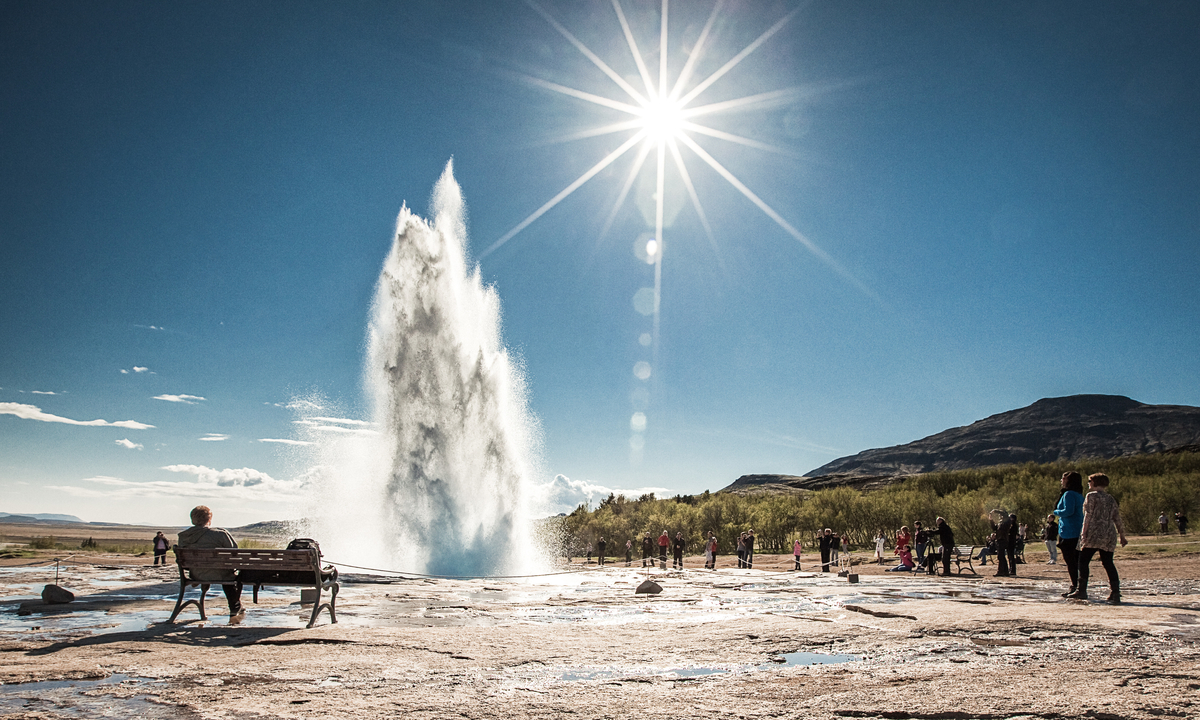
Aurora Boreale e Circolo d'Oro
PUNTI SALIENTI:
- Visita i grandi Geysir
- Esplora le meraviglie del Parco Nazionale di Þingvellir
- Scopri Gullfoss, la cascata dorata
- Cammina tra i continenti
- Goditi una magnifica caccia all'aurora boreale
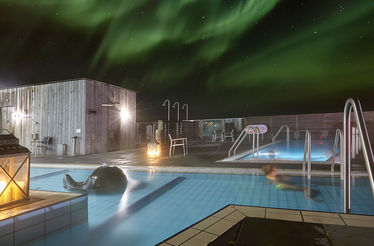
Bagni caldi e luci fredde
PUNTI SALIENTI:
- Buffet in stile locale
- Ingresso alle piscine termali Laugarvatn Fontana
- Caccia all'aurora boreale
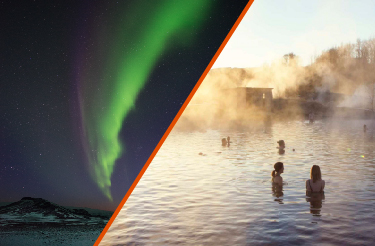
Aurora Boreale e Secret Lagoon
PUNTI SALIENTI:
- Goditi un bagno nella Secret Lagoon
- Assaggia il delizioso cibo islandese
- Guarda l'aurora boreale danzare
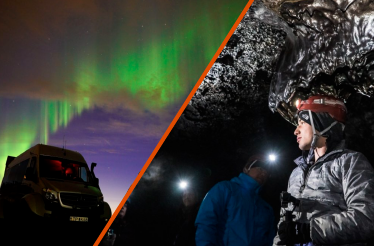
Grotte e Aurora Boreale – Terra e Cielo
Questo tour combinato ti condurrà nella splendida grotta di Leiðarendi e ti farà alzare lo sguardo al cielo per una magica caccia all'aurora boreale.
